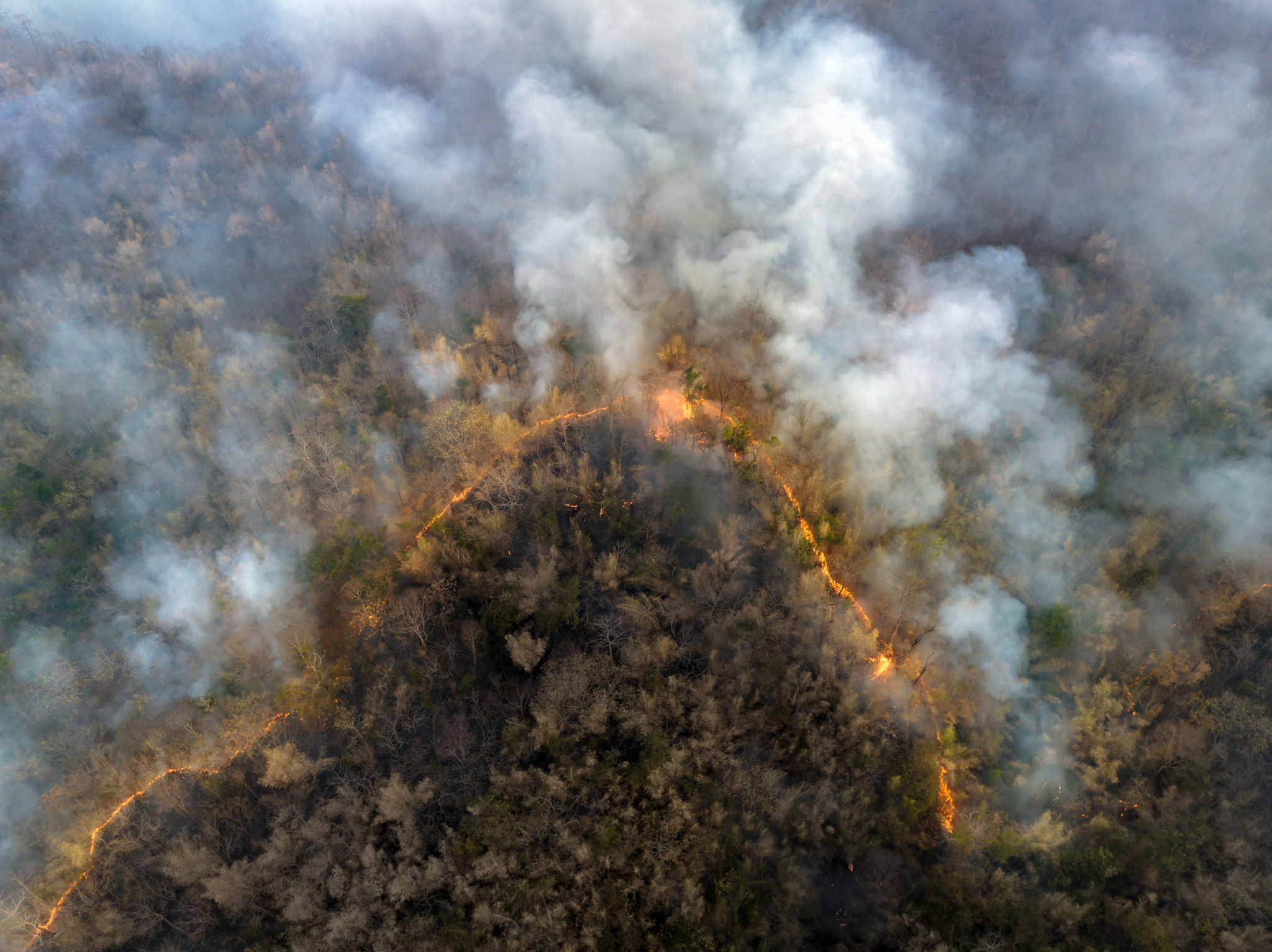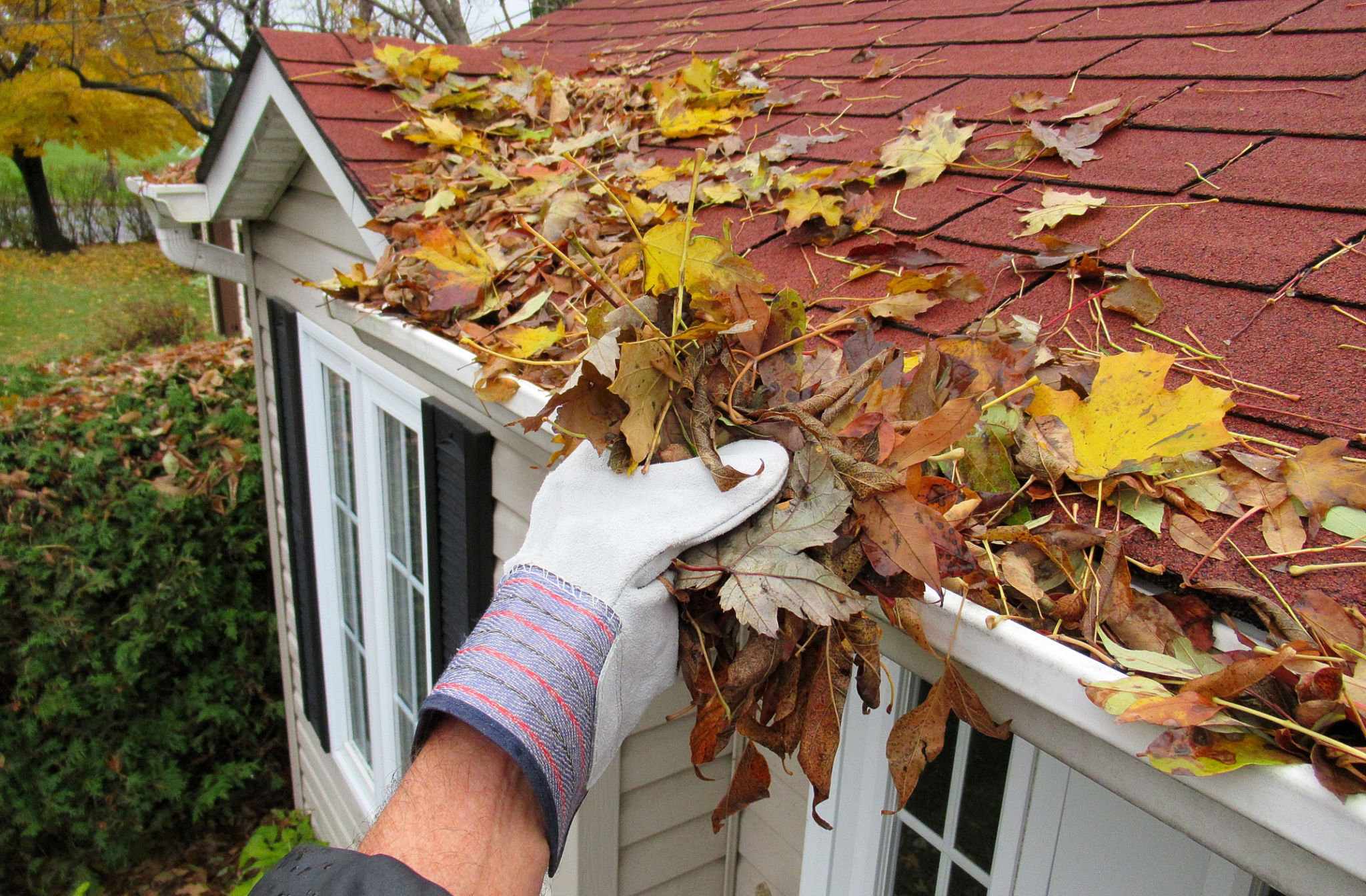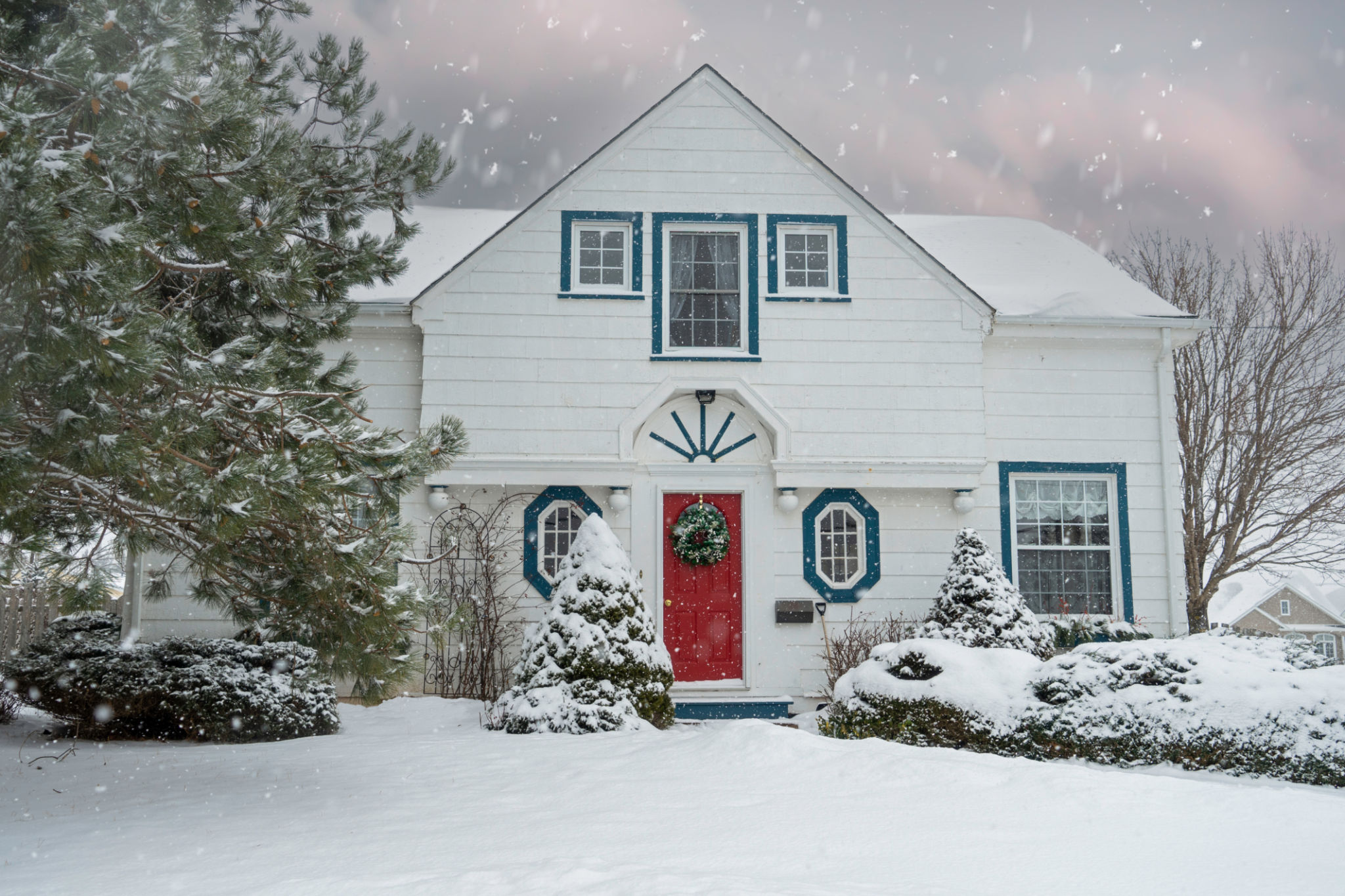How to Prepare Your Pergola for Different Seasons in California
Understanding California's Climate
California's diverse climate zones present unique challenges and opportunities for outdoor structures like pergolas. From the temperate coastlines to the arid deserts and snowy mountains, each region requires specific care. To ensure your pergola remains in top condition, it's crucial to tailor your maintenance approach according to the season and location.

Preparing Your Pergola for Spring
Spring is a beautiful time in California, filled with vibrant blooms and mild temperatures. To prepare your pergola for this season, start by cleaning it thoroughly. Remove any debris, dirt, or mold accumulated during winter. A simple mixture of water and mild detergent can do wonders.
Inspect the structure for any signs of damage, such as cracks or loose bolts, and address these issues promptly. Consider adding climbing plants like wisteria or jasmine to enhance the ambiance, taking advantage of the favorable growing conditions.
Protection from Spring Showers
While rainfall is generally minimal, spring showers can occur. Applying a fresh coat of waterproof sealant will help protect the wood or metal from moisture damage. This is especially important if your pergola is located in northern or coastal regions where precipitation might be higher.

Summer Maintenance Tips
Summers in California can be quite hot, particularly in inland areas. To keep your pergola pleasant and inviting, consider installing a shade cloth or retractable canopy. These additions can provide relief from the sun's intense rays and create a comfortable space for relaxation.
Regularly check any fabric components for signs of wear and tear, and replace them if necessary. For wooden pergolas, ensure that the structure is properly sealed to prevent cracking and discoloration from prolonged sun exposure.
Enhancing Outdoor Comfort
To make the most of your pergola during summer evenings, add some outdoor lighting. String lights or lanterns can create a cozy atmosphere for gatherings. Incorporating outdoor fans can also help keep the area cool during particularly warm nights.

Preparing for Fall
As temperatures begin to drop, fall is an excellent time to prepare your pergola for the upcoming colder months. Start by trimming back any overgrown plants that might be encroaching on the structure. This will not only keep your pergola neat but also prevent potential damage from falling branches during windy conditions.
Clean out gutters and downspouts around the pergola to ensure proper drainage. Consider adding weatherproof furniture covers to protect outdoor seating from rain and debris.
Adding Warmth for Cooler Days
To extend the usability of your pergola into fall, think about incorporating a portable heater or fire pit nearby. These additions can provide warmth on cooler days, allowing you to enjoy your outdoor space longer.

Winterizing Your Pergola
California winters vary greatly depending on location, with some areas experiencing snow while others remain mild. In regions prone to snow, ensure your pergola can withstand the additional weight by reinforcing its structure if necessary.
Remove any removable fabric or decorative elements that might be damaged by winter weather. Apply a protective sealant to wooden structures to guard against moisture intrusion, which can lead to rot and decay.
Maintaining Aesthetic Appeal
Even in winter, your pergola can remain a visual focal point in your garden. Consider adding evergreen plants or winter-themed decorations to keep the area lively and appealing throughout the cold months.

